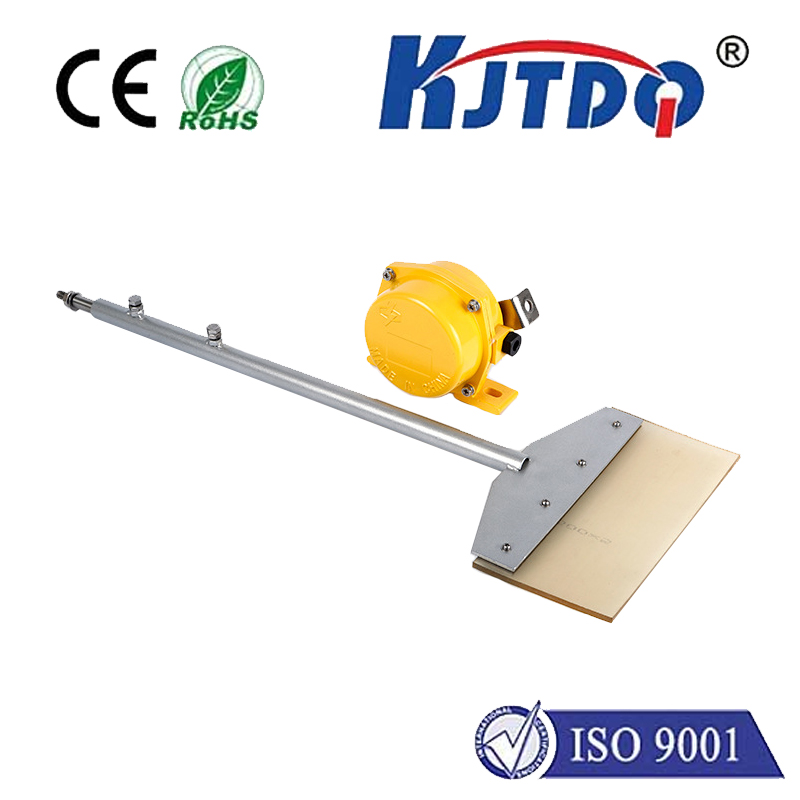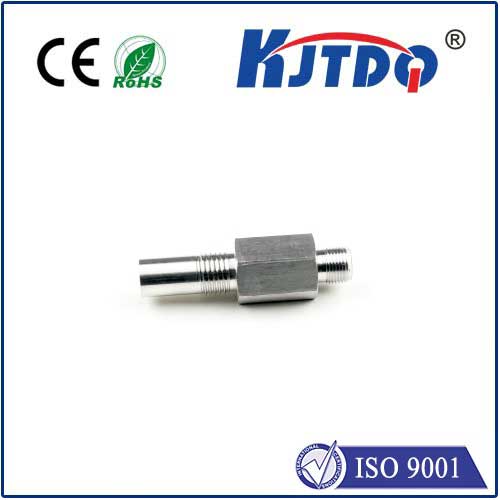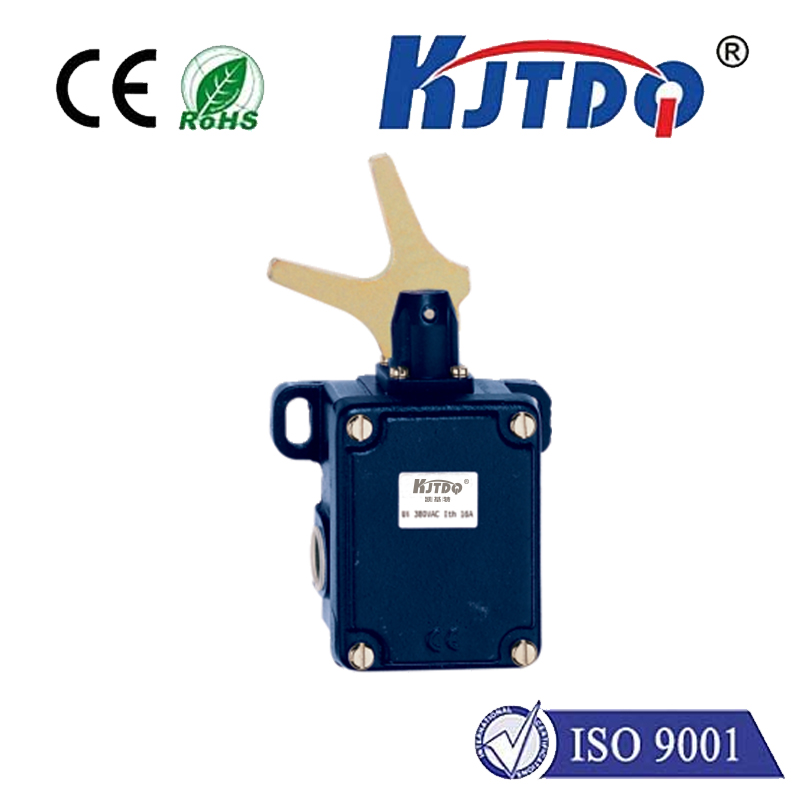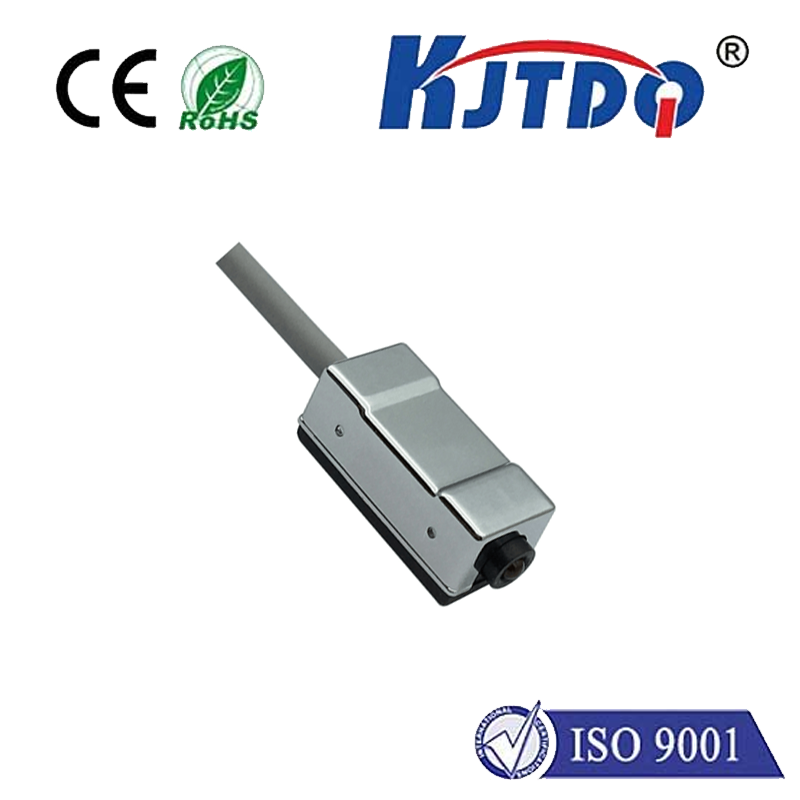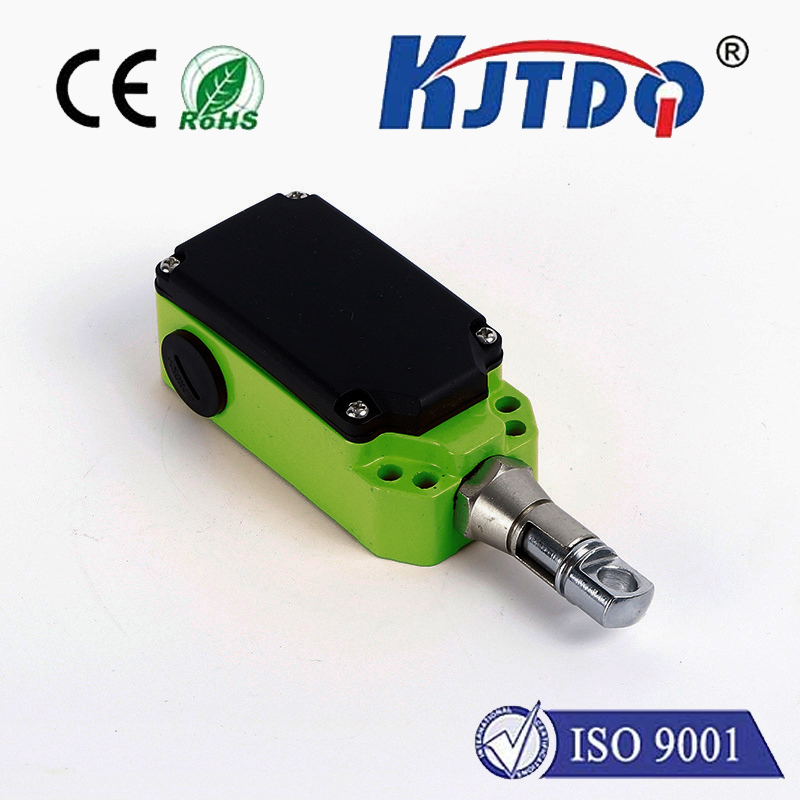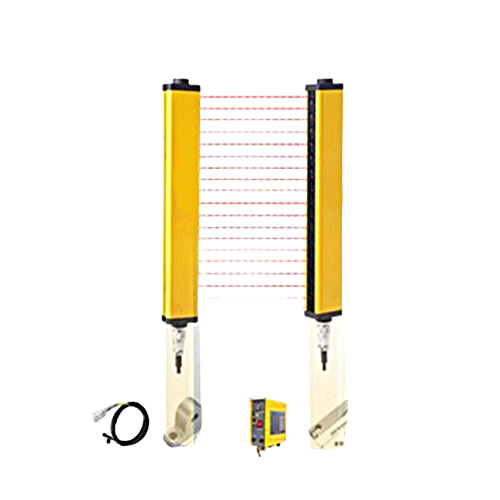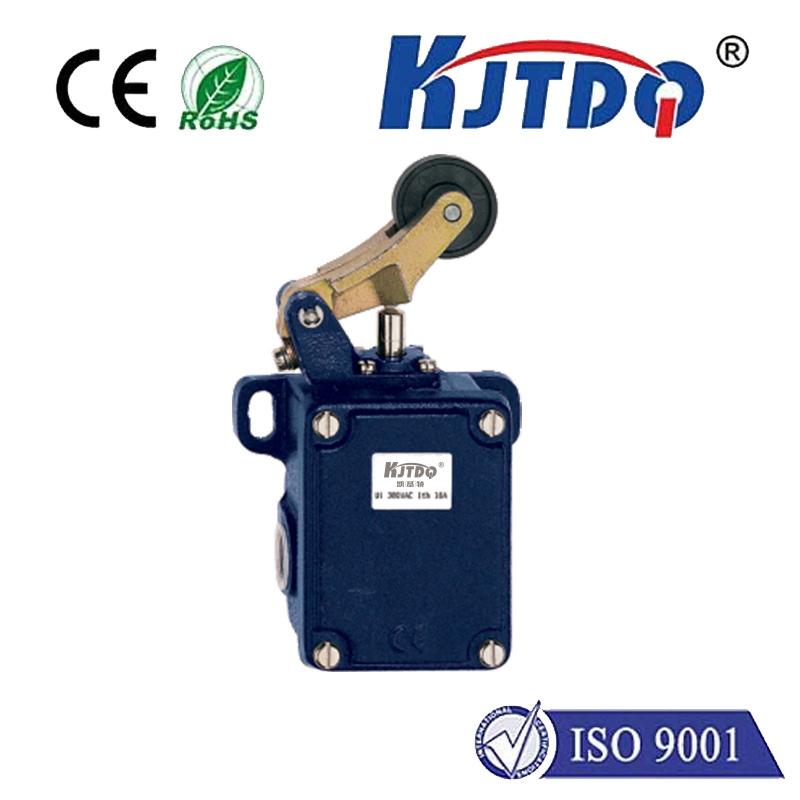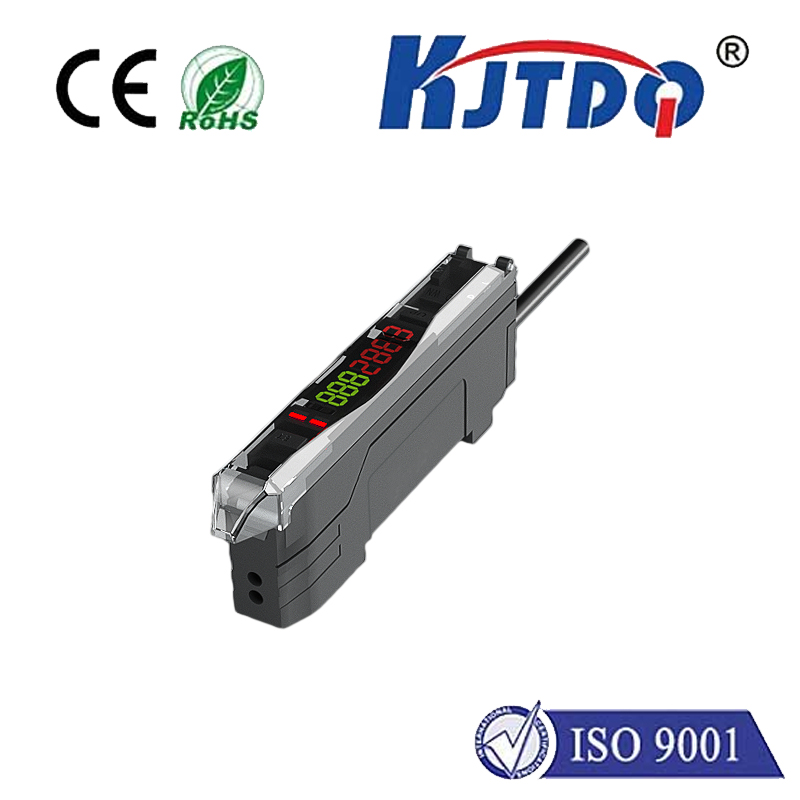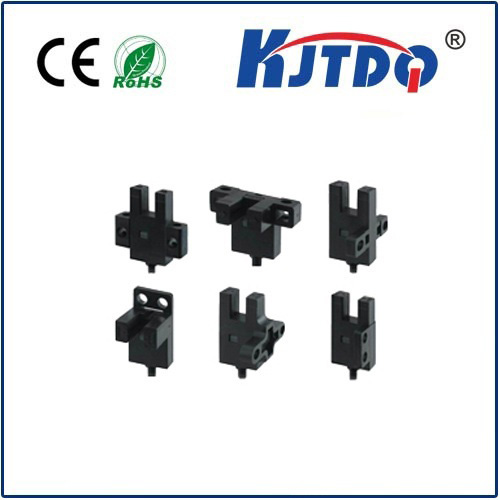nc proximity switch
- time:2025-06-23 08:41:42
- Нажмите:0
NC Proximity Switches: The Critical Safety and Reliability Solution in Industrial Automation
Imagine a high-speed bottling line. Glass bottles whiz past sensors at dizzying speeds. Suddenly, a bottle jams. Instant shutdown is critical to prevent a catastrophic cascade of breakage, product loss, and potential equipment damage. What component silently, reliably triggers this shutdown, acting as the line’s vigilant guardian? Often, it’s an NC Proximity Switch.
The term “NC Proximity Switch” refers to a specific configuration of a non-contact proximity sensor – specifically, one that is Normally Closed. This seemingly small detail – NC versus the more common Normally Open (NO) – defines its fundamental operational behavior and makes it indispensable in critical safety and monitoring applications across countless industries.
Decoding the “NC” Function: Fail-Safe Philosophy
At its core, an NC proximity switch operates on a fail-safe principle:
- No Target Present: When there is Нет! metallic (or other detectable) target within the sensor’s sensing range, the output circuit is CLOSED. This means electrical current can flow through the switch terminal.
- Target Detected: When a valid target enters the sensor’s detection field, the output circuit OPENS, interrupting the current flow.
This behavior is the opposite of a standard NO proximity switch (which closes its circuit upon detection). The NC configuration is intentionally designed for scenarios where safety, security, or critical monitoring is paramount.

Why Choose an NC Configuration? Key Applications and Advantages
The inherent fail-safe nature of NC proximity switches dictates their most valuable applications:
- Safety Interlocks:
- Machine Guarding: An NC proximity switch can be mounted so that the guard door is the target. When the guard is closed (target present), the switch is OPEN, allowing the machine to run. If the guard is opened (target removed), the switch CLOSES, immediately stopping the machine. Failure of the sensor (like power loss or wire break) inherently results in a CLOSED circuit (guarded state), triggering a shutdown. This is critical for operator protection.
- Emergency Stop Monitoring: Monitoring the state of E-stop circuits often utilizes NC contacts to ensure any break in the circuit (like an activated E-stop or a cut wire) directly causes a shutdown.
- Critical Presence/Absence Detection:
- Jam Detection: As in the bottling line example, an NC sensor positioned to detect the expected presence of objects (bottles, parts, sheets) will have its circuit OPEN during normal flow. A jam (absence of target) causes the circuit to CLOSE, signaling the control system to stop.
- End-of-Travel Limits: On critical axes (like presses or lifts), NC sensors can verify a component has reached its safe home position. Absence from the home position keeps the circuit CLOSED, preventing operation until safely homed.
- Part Out Detection: In assembly or machining, detecting the absence of a critical component before proceeding can prevent errors or damage. An NC switch confirms presence by opening; absence closes the circuit to halt the process.
- Enhanced Diagnostic Capability: Because an NC switch requires a target to be present to OPEN its circuit, its signal state provides inherent diagnostic information. If the machine logic expects a part but the NC switch remains CLOSED (meaning no target detected), it immediately flags a problem – a missing part, a misalignment, or even the potential failure of the sensor itself (if it should be detecting something but isn’t changing state).
Key Benefits Summarized:
- Inherent Fail-Safe Operation: Power loss, wire breakage, or sensor failure typically results in the “safe state” (circuit CLOSED, triggering shutdown or alarm).
- Immediate Fault Indication: The default CLOSED state without a target provides an immediate signal that something is amiss (missing part, guard open, jam).
- Critical Safety Compliance: Essential for meeting stringent machine safety standards (like ISO 13849, IEC 62061) where redundancy and safe-state on failure are mandated.
- Reliable Monitoring: Provides definitive confirmation for critical positional or presence states.
Integration Considerations: Matching Outputs and Controls
NC proximity switches come in all standard proximity sensor technologies (Inductive for metals, Capacitive for non-metals, etc.) and output types (NPN, PNP, 2-wire AC/DC, 3-wire DC). Crucially, the NC designation refers solely to the logical state of the output switching element (relay, transistor).
When integrating an NC proximity switch:
- PLC/Controller Programming: The input card receiving the NC switch’s signal must be programmed to interpret the CLOSED state (current flowing) as the “active” or “alarm” condition, and the OPEN state (no current) as the “normal running” condition. This is often the inverse of a typical NO sensor input.
- Wiring: Pay close attention to the sensor’s datasheet for the specific wiring of the output terminal for the NC function. Using a standard PNP or NPN sensor incorrectly wired will not yield the correct NC behavior.
- Sourcing/Sinking Compatibility: Ensure compatibility between the sensor’s output type (PNP NC or NPN NC) and the controller’s input requirements (sourcing or sinking).
Selecting and Installing NC Proximity Switches: Focus on Reliability
Choosing the right NC proximity sensor involves the same critical factors as any sensor: sensing distance, target material, environmental conditions (temperature, chemicals, IP rating), switching frequency, voltage/current ratings, and physical size/mounting. However, given their typical role in safety and critical monitoring:
- Redundancy: Safety applications often require redundant sensors (two NC switches monitoring the same guard, for example) configured in series or monitored independently for increased reliability.
- High IP Ratings: Choose sensors with robust ingress protection (e.g., IP67, IP69K) for demanding industrial environments to prevent contamination-driven failure.
- Diagnostic Features: Consider sensors with built-in diagnostic LEDs or IO-Link capabilities for easier troubleshooting and condition monitoring.
- Robust Mounting: Ensure secure mounting to prevent vibration-induced misalignment or damage.
In the intricate dance of automation, where precision meets productivity, safety and reliability are non-negotiable pillars. The NC proximity switch, with its deliberate Normally Closed configuration, stands as a fundamental enabler of these principles. By defaulting to a state that demands attention – the closed circuit signaling an anomaly – it provides a robust, fail-safe mechanism to halt processes, protect personnel, safeguard equipment, and ensure smooth operation. Understanding the distinct role and critical advantages of the NC proximity switch is essential for designing resilient, safe, and highly reliable automated systems. Its presence is often the unseen guarantee that systems operate not just efficiently, but safely.

